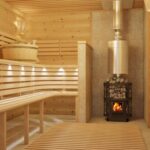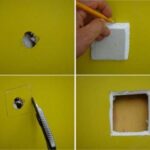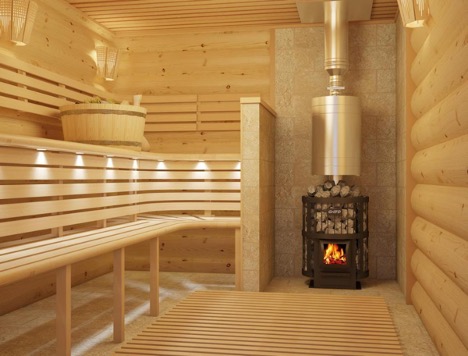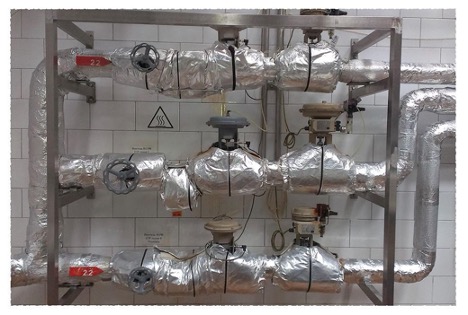How to cover a polycarbonate greenhouse from the sun: how to shade, tips
Creating ideal conditions for plants in a polycarbonate greenhouse is a key task for successful agriculture. One of the main aspects influencing the favorable development of plants is the correct management of light and temperature inside the greenhouse. In this article we will look at the issue of solar shading for polycarbonate greenhouses and provide valuable advice on choosing the best solutions.
From choosing the best shading materials to using advanced technologies in light control, we will touch on various aspects aimed at providing a comfortable environment for vegetation. In addition, we will look at the financial aspects of this issue, analyzing the costs of various shading methods and assessing their effectiveness.
The need for energy efficient shading solutions and tips for proper greenhouse climate control will also be the focus of this material. Let's figure out together how to provide ideal conditions for the growth and development of plants, maximizing productivity and minimizing costs.
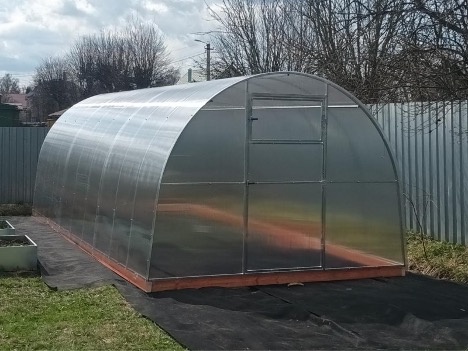
The content of the article
Selecting the Best Greenhouse Shading Materials
Choosing the right polycarbonate greenhouse shading materials plays a key role in providing optimal conditions for your plants.One of the most effective options is to use specialized shading materials such as shade nets.
These materials are highly durable and have the ability to evenly diffuse sunlight, preventing excessive lighting and overheating of the greenhouse. When choosing such materials, it is important to pay attention to the shading coefficient, which determines the degree to which the intensity of sunlight is reduced.
It is also worth considering the use of special shading films, which provide additional protection from ultraviolet radiation and can regulate the heat balance in the greenhouse. These innovative materials often offer varying degrees of shading, allowing light levels to be tailored to specific crop requirements.
By carefully selecting materials, gardeners and farmers can maximize the microclimate in the greenhouse, reducing the risk of overheating and providing optimal conditions for plant growth and development.
Technological innovations in lighting control
Technological innovations in polycarbonate greenhouse light control provide today's gardener with powerful tools to create ideal growing conditions. One of the key elements of such innovations is automated shadow systems. These systems can be scheduled or even real-time controlled using light and temperature sensors. This approach allows you to precisely adjust the light level depending on changing conditions inside the greenhouse.
Below is a list of technological innovations in lighting control:
- Uses software and electromechanical systems to automatically open and close shadow devices based on set parameters.
- Use of light and temperature sensors equipped with artificial intelligence for more precise and dynamic shading control in real time.
- The ability to control shadow systems via smartphones or other devices, providing remote control and monitoring.
These technological innovations not only increase the effectiveness of greenhouse shading, but also simplify plant care, giving gardeners greater, more personalized control over their environment.
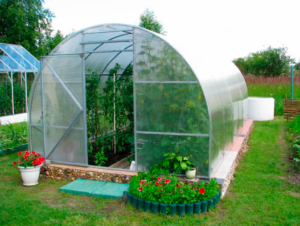
Energy efficient shading solutions
The integration of solar panels into shading systems is one of the promising areas. This allows solar energy to be used to power mechanisms that control shadow systems, which in turn reduces dependence on the electrical grid.
In addition, energy efficient solutions include the use of innovative materials that can effectively regulate the heat balance inside the greenhouse. Such materials may have solar reflective properties, minimizing direct exposure of plants to intense light. This not only reduces the temperature inside the greenhouse, but also saves energy that would normally be required for ventilation and cooling.
Energy-efficient technologies in greenhouse shading represent an integrated approach, balanced between microclimate optimization and rational use of energy resources.
Financial side of the issue: calculations and comparison of costs
The financial side of choosing materials and technologies for shading a greenhouse is an essential aspect that requires careful analysis and calculations. When making a decision, you should consider not only the initial costs of purchasing and installing the materials, but also their long-term operating costs.
A comparison of different shading methods includes evaluating the effectiveness of each method, as well as their impact on crop yield and overall greenhouse productivity. It is important to analyze the costs of energy consumption, maintenance and repairs to get a complete picture of the economic feasibility of each chosen method.
Moreover, given the rapid technological developments in the field of greenhouse shading, it is important to consider the prospects for updating and upgrading systems in the future. Only in-depth financial analysis and cost comparisons can ensure informed decisions are made while maximizing the return on investment and performance of polycarbonate greenhouse shading.
Tips for effective climate control in a greenhouse
Effective climate control in a polycarbonate greenhouse plays a critical role in ensuring optimal conditions for plant growth and development. Here are some valuable tips:
- Careful shading planning. Determine the optimal light level for your crop type and select appropriate shading methods. This may include the use of shade materials, shade systems with adjustable shading levels, or even the integration of artificial lighting technologies.
- Installation of automated systems.Consider implementing automated climate control systems, including thermostats, moisture meters and light sensors. These systems can respond to changing conditions and maintain stable parameters inside the greenhouse.
- Use of energy efficient materials. Use innovative materials that can regulate thermal balance, such as highly reflective materials. This will reduce the temperature in the greenhouse and reduce energy costs for cooling.
- Regular monitoring and data analysis. Install systems for monitoring microclimate parameters and regularly analyze the data obtained. This will help you quickly identify any deviations and correct conditions in the greenhouse.
- Use of natural ventilation. Make the most of the benefits of natural air circulation. Design a ventilation system with openable windows or hatches to ensure adequate air exchange.
Following these tips will not only help ensure optimal conditions for plants in the greenhouse, but also reduce energy costs, which is important from a financial efficiency point of view.

